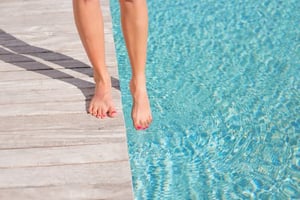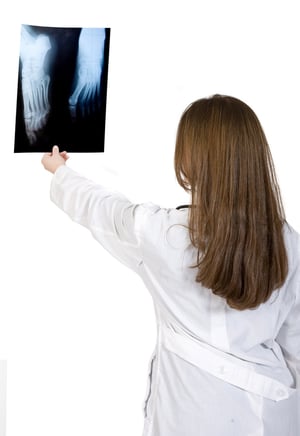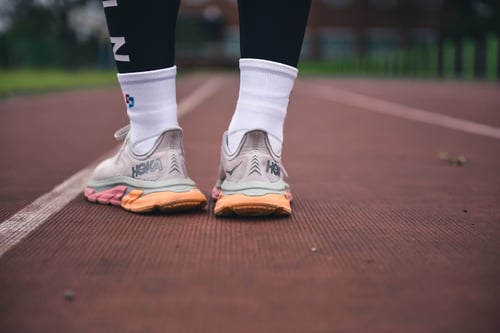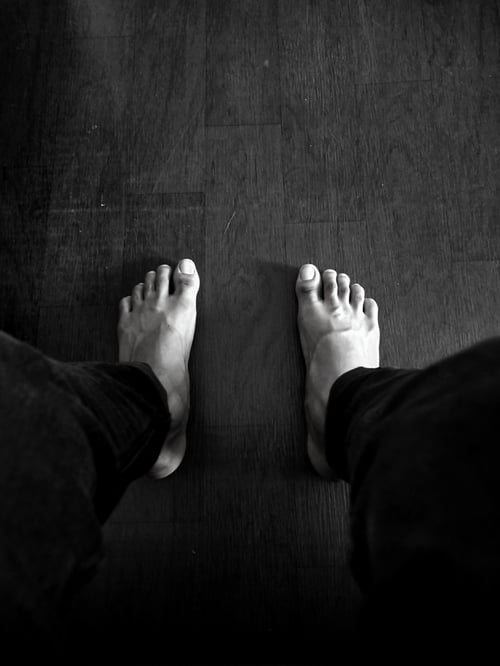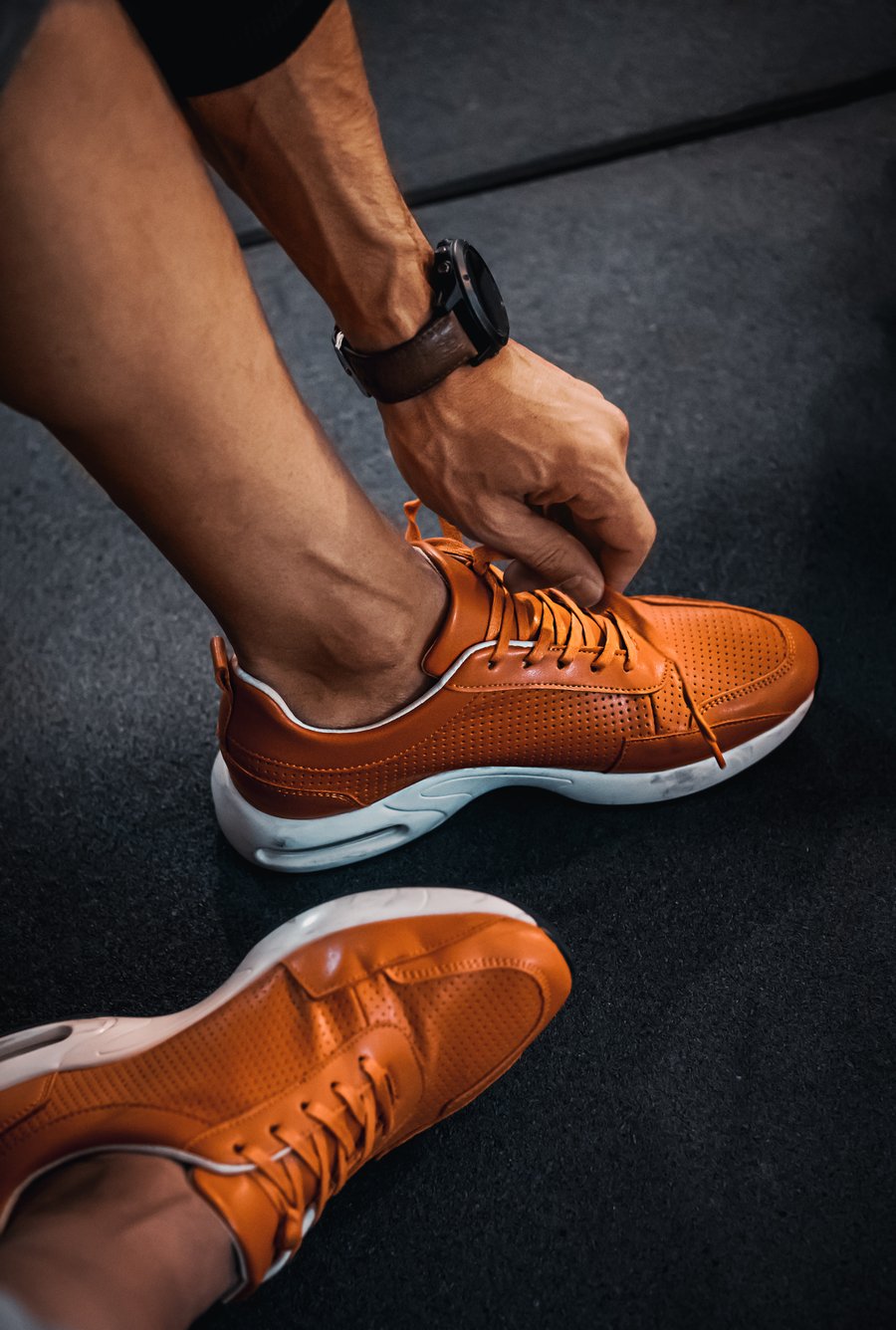
Athlete's foot is an uncomfortable condition that can affect men, women, and children at any age. The best approach to dealing with athlete's foot is prevention. Below is some information to help you understand how athlete's foot develops and what you can do to avoid it.
About Athlete's Foot
Athlete's foot is a fungal infection that usually develops when feet are kept damp and moist. It typically causes a scaly, itchy rash to appear between the toes. You may also notice small blisters, dryness, and ulcers.
The same organism that causes athlete's foot also causes other fungal infections, such as jock itch. Athlete's foot can affect anyone, including non-athletes. You are more likely to develop this type of infection if you spend a lot of time barefoot and/or if you come into close contact with someone else who is infected. You can treat athlete's foot with an anti-fungal.
Preventing Athlete's Foot
Some people may be more susceptible to athlete's foot than others. Fortunately, everyone can take steps to reduce the risk of developing this infection. Some steps you can take to avoid athlete's foot include:
1. Don't go barefoot in public places.
Many people contract athlete's foot when walking barefoot at the gym, in locker rooms, or other locations where others may have also gone barefoot. When walking in any of these areas, wear flip-flops or shower shoes to protect your feet.
2. Avoid wearing damp shoes.
Wearing the same shoes every day, especially if you put them on while they are still damp, can raise your risk of athlete's foot. To prevent athlete's foot, consider alternating the shoes you wear each day. If you must wear the same shoes multiple days in a row, make sure they are completely dry before putting them back on. This is especially important if you wear the shoes to work out or engage in any other heavy activity.
3. Wear appropriate socks.
Always wear socks when wearing athletic shoes or any other shoe that encloses the feet. Choose socks made of fabrics that dry quickly and/or keep moisture away from your skin. Wear clean socks every day, and change your socks during the day if they get wet.
4. Keep feet clean.
Keeping your feet clean will go a long way toward preventing athlete's foot. Wash your feet with soap each day and be sure to dry them completely after they have been washed.
5. Wear breathable shoes when the weather is hot.
During hot weather, your feet may sweat, creating the perfect environment for fungus to grow. Prevent this problem by wearing breathable shoes, such as sandals, when the weather is hot.
6. Avoid exposure to other people's infections.
If you are living with someone who has athlete's foot, avoid coming into contact with their feet or areas where they may have walked barefoot. Avoid sharing shoes, towels, and linens with this person until the infection is cleared.
If you notice the signs of athlete's foot in spite of these preventative measures, it is important to treat it as soon as possible. For more information about foot health, please contact Sweeney Foot & Ankle Specialists.

